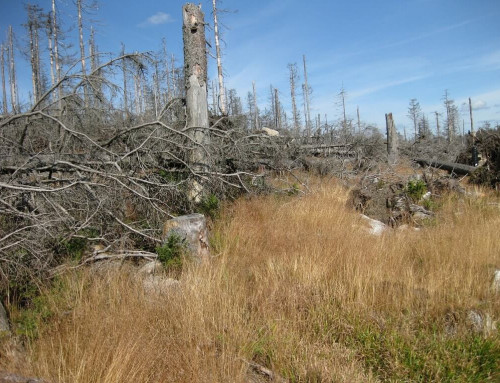
Tree cutting in the rainforest. Image credit carbonbrief.org
ZIMSEC O Level Geography Notes: Natural Resources: Sustainable use of tropical rainforests
- The future survival of humankind depends on sustainable economic growth and development.
- This is made possible by putting in place polices and sustainable/conservation programs such as the CAMPFIRE.
- The following are some of the reasons why it is important to conserve the rainforests for the sustainability of human development.
- Deforestation of the rainforests poses a threat to the earth’s biodiversity leading to extinction.
- Biodiversity refers to the variety of plant and animal life in the world or in a particular habitat, including terrestrial, marine, and other aquatic ecosystems.
- The tropical rainforests have the richest bank of edible plants for crop breeders to develop for domestic use.
- Moreover 50% of the world’s medicines are found there and most are being lost to deforestation.
- Tropical rainforests provide a habitat for animals, birds and insects which are being destroyed with the destruction of the forests.
- Forests help to maintain the carbon dioxide and oxygen levels in the atmosphere.
- Deforestation increases the carbon dioxide levels thus contributing to global warming.
- World temperature have risen by 0.5°C since the end of the 19th
- It is forecasted to rise by between 1°C and 3.5°C by the end of the 21st
- This will lead to the melting of the ice caps, a rise in sea level and a drowning of the densely populated coastal plants.
- Deforestation leads to loss of revenue from tourism.
Sustainable use of the rainforests can be made by employing some of the approaches suggested below
- Governments have attempted to save the remaining rainforests by establishing protected forest areas and national parks, where logging and other human activities are prohibited by laws.
- Plantations of both indigenous and exotic trees have been established to meet local and external needs for timber and fuelwood.
- It has been realized that conservation strategies can only succeed with the involvement of the local communities who interact with the environment on a day to day basis.
- A good example of this co-operation is the KORUP project in Cameroon.
To access more topics go to the O Level Geography Notes page



